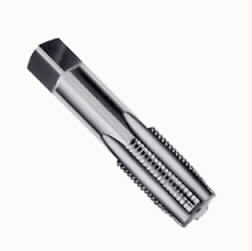I guess I need someone to convince me why I shouldn’t tap fine threads into the back of my 245 crankshaft and install the flywheel with grade 8 bolts instead of nuts on the factory rear-facing bolts... always seemed like the silliest thing to me about Studebaker engines. Other manufacturers seem to have overcome the need to do it that way!
And convince me why I shouldn’t do it on the next V8 I build as well!
And convince me why I shouldn’t do it on the next V8 I build as well!





Comment